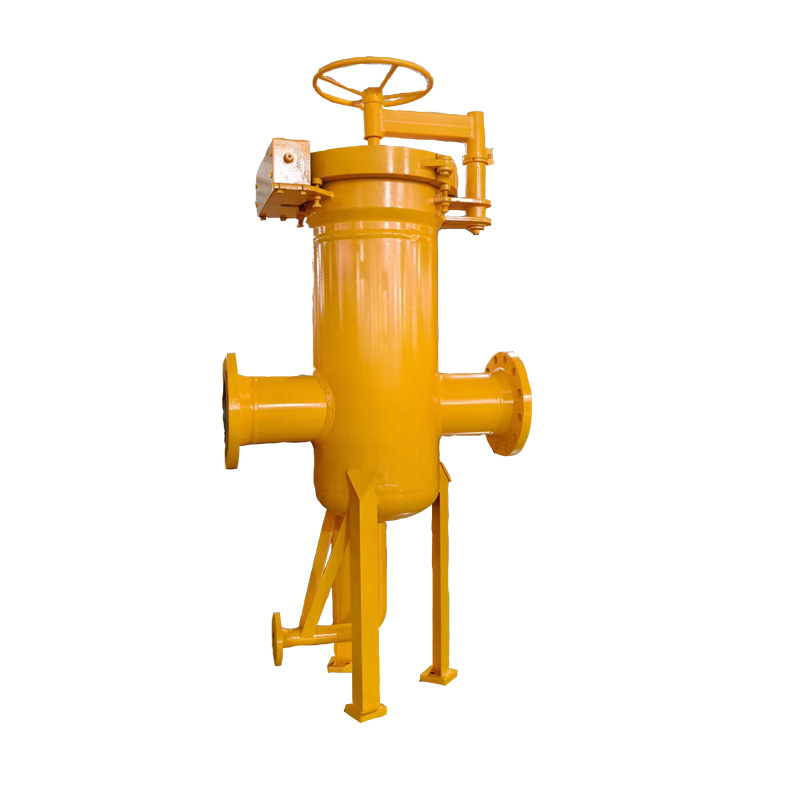
Dec . 26, 2024 17:09
Back to list
محطة تخفيض ضغط الغاز
The Importance of Gas Pressure Reducing Stations
Gas pressure reducing stations (PRS) play a critical role in the distribution of natural gas across various applications, ensuring that this vital energy source is delivered safely and efficiently. As the demand for natural gas continues to expand in sectors such as residential heating, industrial applications, and power generation, understanding the function and significance of PRS becomes increasingly important.
What is a Gas Pressure Reducing Station?
A gas pressure reducing station is a facility designed to lower the pressure of natural gas from high-pressure transmission pipelines to a level suitable for use in local distribution networks or individual consumer appliances. These stations are essential in managing the pressure levels of the gas as it travels from production facilities through transmission pipelines to end users, ensuring that the gas remains within safe and effective operating limits.
Components of a PRS
The typical gas pressure reducing station comprises several key components
1. Pressure Regulators These devices automatically adjust the pressure of the incoming natural gas to the desired level. Regulators are crucial for maintaining a consistent output pressure, regardless of fluctuations in the inlet pressure.
2. Filter Units Gas filters remove impurities and contaminants from the gas before it reaches the regulators. This step is vital in preventing damage to downstream equipment and ensuring that gas quality meets safety and operational standards.
3. Flow Meters These instruments measure the volume of gas flowing through the station. Monitoring flow rates is essential for operational efficiency and regulatory compliance.
محطة تخفيض ضغط الغاز

5. Control Panels These panels enable operators to monitor and control the station's functions remotely, providing real-time data and alerts for any anomalies.
The Role of PRS in Natural Gas Distribution
The primary function of gas pressure reducing stations is to ensure the safe delivery of natural gas. High-pressure gas cannot be directly used in residential or commercial settings due to the risk of damage to appliances and potential safety hazards. By reducing the pressure to suitable levels, PRS help facilitate the safe use of gas in heating systems, stoves, generators, and industrial processes.
Additionally, PRS are strategically located throughout gas distribution networks. They serve as points where the pressure can be adjusted according to the varying needs of consumers and the characteristics of the local infrastructure. In this way, PRS contribute to the overall efficiency of gas distribution, reducing losses and improving service reliability.
Environmental and Economic Impact
The integration of gas pressure reducing stations into the distribution network not only enhances safety and efficiency but also supports environmental goals. Natural gas is a cleaner alternative to other fossil fuels, and its proper management through PRS helps minimize the risk of leaks and wastage. This contributes to reducing greenhouse gas emissions and helps meet regulatory targets for environmental protection.
From an economic perspective, effective pressure reduction technology can lower operational costs for utility companies and consumers alike. By preventing overpressure incidents and optimizing gas flow, PRS can reduce the need for costly repairs and losses related to gas supply interruptions.
Conclusion
In summary, gas pressure reducing stations are vital components in the infrastructure that ensures safe and efficient natural gas delivery. Their role in lowering pressure, ensuring quality, and protecting against safety hazards cannot be overstated. As the world continues to pivot towards cleaner energy sources, the importance of PRS will be magnified, making them indispensable in the journey towards a sustainable energy future.
Latest news
-
Safety Valve Spring-Loaded Design Overpressure ProtectionNewsJul.25,2025
-
Precision Voltage Regulator AC5 Accuracy Grade PerformanceNewsJul.25,2025
-
Natural Gas Pressure Regulating Skid Industrial Pipeline ApplicationsNewsJul.25,2025
-
Natural Gas Filter Stainless Steel Mesh Element DesignNewsJul.25,2025
-
Gas Pressure Regulator Valve Direct-Acting Spring-Loaded DesignNewsJul.25,2025
-
Decompression Equipment Multi-Stage Heat Exchange System DesignNewsJul.25,2025

